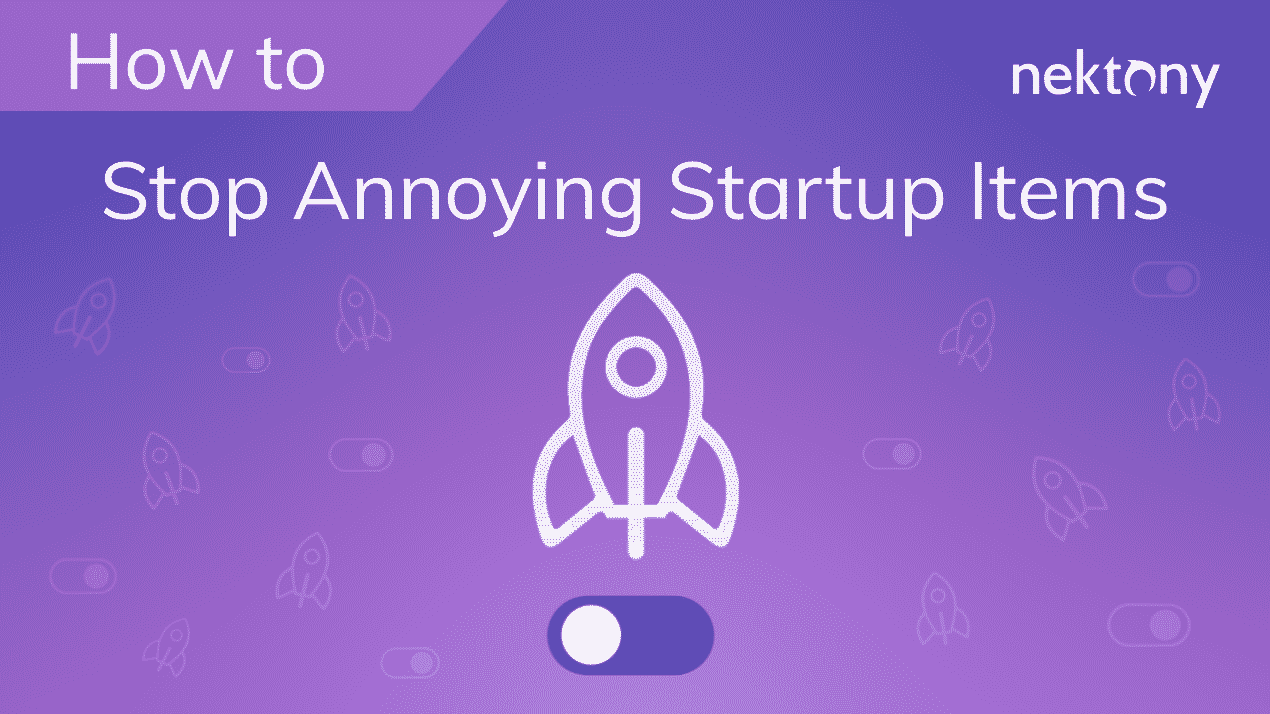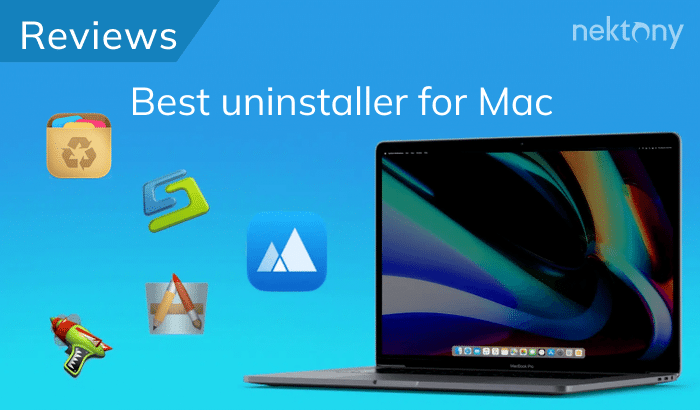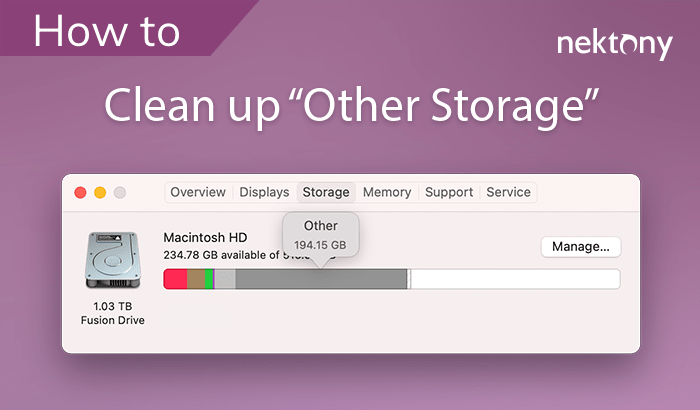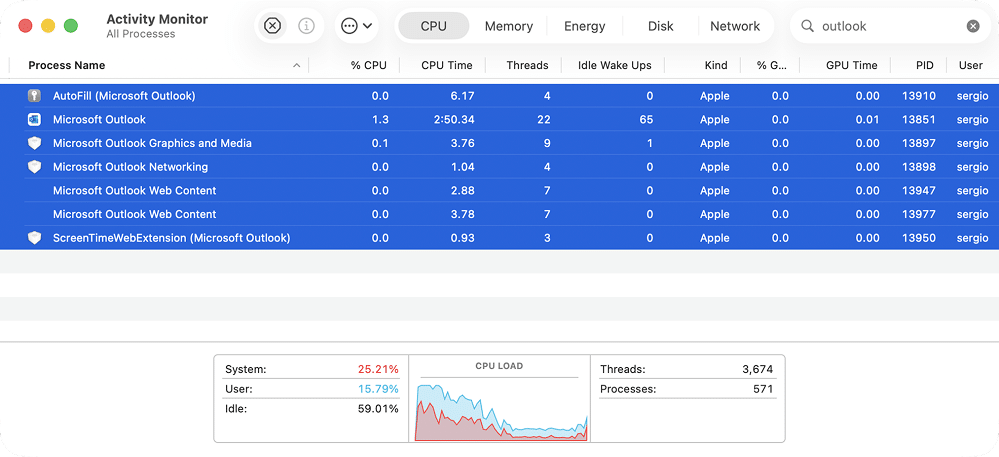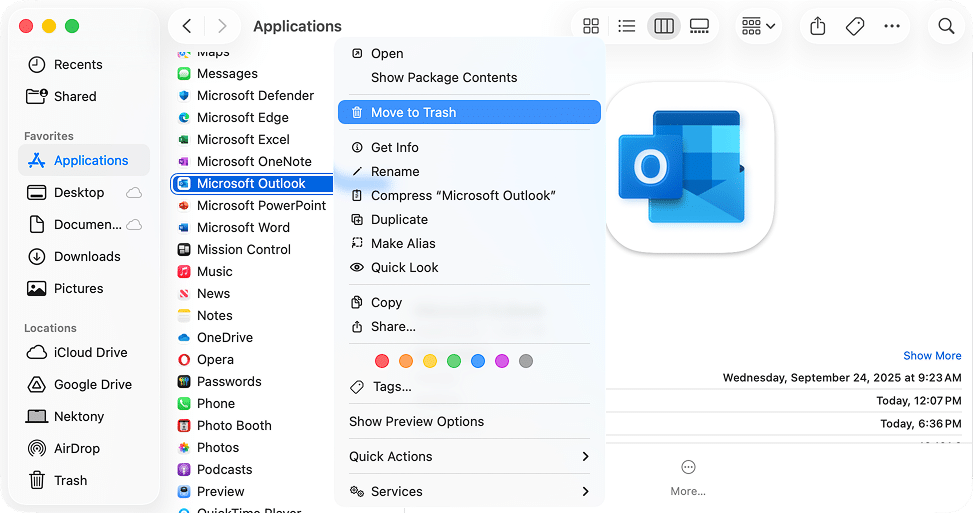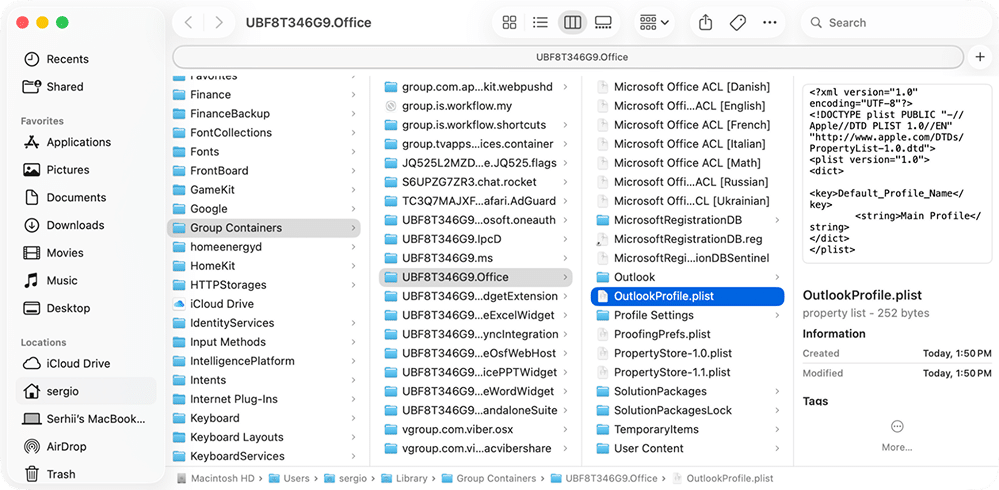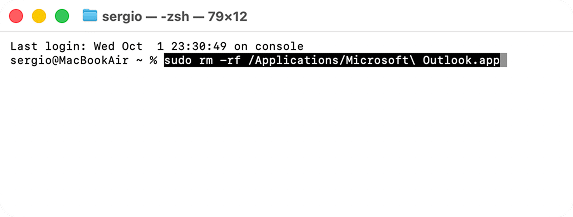November 2, 2025
Uninstall Outlook on Mac completely: Three ways
Microsoft Outlook isn’t just another email app. With over 400 million active users, it’s one of the most popular productivity tools out there. Businesses and pros often choose Outlook for syncing calendars, managing emails, and getting serious security, no matter what.
But when Outlook starts misbehaving, things get frustrating fast, especially if your calendar stops syncing, Teams invites vanish, or your Mac’s running out of room.
If you’re itching to get Outlook off your Mac, whether you need storage, a clean reinstall, or you’re mad at those crashes, I’ve got your roadmap. By the end, you’ll know exactly how to uninstall Outlook on your Mac, wiping out its every leftover file.
This Article Contains
Video guide: How to uninstall Outlook on Mac
2:02

What is Outlook and when to uninstall it
Outlook is Microsoft’s email client that bundles together mail, calendar, notes, and tasks in one place. It launched for Mac way back in 2010 (bundled with Office) and is still widely used today. It’s like a command center for calendars, video meetings, teams, reminders, and the full productivity toolbox, all synced from your Mac, iPhone, or the cloud.
But even smart tech can cause headaches:
- Outlook gobbles up disk space – over 1 GB, sometimes a lot more, especially with big attachments or multiple accounts, which is crucial on Macs with limited space.
- Mac users report constant crashes, memory spikes, and sluggish search, even on powerful new Macs. BTW, I would also complain if Outlook used too much RAM.
- Outlook performance gets doubtful after macOS upgrades. Add in sync delays, missing calendar invites, or weird bugs, especially with Teams integration.
- It’s as simple as your company switching email providers, or you’re swapping to something that works better for your workflow (think Mailbird, Spark, or Apple Mail).
Ways to remove Outlook
| Method | Difficulty | Time | Removes leftovers |
|---|---|---|---|
| Manual | Moderate | 10–15 mins | If you know where to look and don’t miss anything |
| Terminal | Hard | 5–10 mins | Yes (if commands correct) |
| App Cleaner & Uninstaller | ✅ Easy | ✅ 30 seconds | ✅ Full automatic cleanup |
Uninstalling Outlook manually
Outlook scatters support files all over your Mac. To wipe it out fully, you need to track them down.
- Quit Outlook.
- Stop background processes.
Open Activity Monitor → search for Outlook → quit related tasks. - Delete the Outlook app.
In Finder, open the Applications tab → find & control-click Microsoft Outlook → select Move to Trash. - Clean leftovers.
In Finder’s menu, click Go → Go to Folder and type ~/Library/. Check the Library folder for Outlook files by com.microsoft.Outlook or just Outlook, and remove them.
Here are the directories where I found Outlook files on my Mac:~/Library/Application Scripts/Copy
~/Library/Containers/Copy
~/Library/Group Containers/Copy
/private/var/db/receipts/Copy
/private/var/folders/Copy
To find Outlook cache in this directory, type outlook in the search box, check the folders filter, delete cache starting with /private/var/folders/ and related to Outlook.
Note:
I checked Microsoft Outlook version 16.101.2 on Mac M3 Pro running on Tahoe. Since you and I may use different versions of Outlook and macOS, the directories can vary. So, it will not be excessive to double-check these paths:
~/Library/Application Support/Copy
~/Library/Caches/Copy
~/Library/Preferences/Copy
- Empty Trash.
Uninstalling Outlook with Terminal
If you’re comfortable with commands, Terminal can wipe Outlook out in seconds. Just be careful, Terminal deletes files immediately with no undo.
- Quit Outlook and stop all background processes using Activity Monitor.
- Open Terminal (Applications → Utilities).
- Remove the Outlook app by running this command: → Enter your Mac password when asked.
sudo rm -rf /Applications/Microsoft\ Outlook.appCopy
- Remove Outlook leftovers. Just be careful – mistyping commands can delete the wrong files. Run each of these lines and hit Return after each:
rm -rf ~/Library/Group\ Containers/UBF8T346G9.OfficeCopy
rm -rf ~/Library/Group\ Containers/UBF8T346G9.msCopy
rm -rf ~/Library/Containers/CalendarWidgetExtensionCopy
rm -rf ~/Library/Containers/Microsoft\ OutlookCopy
rm -rf ~/Library/Application\ Scripts/*Outlook*Copy
rm -rf ~/Library/Application\ Support/CrashReporter/*Outlook*Copy
rm -rf /private/var/db/receipts/*Outlook*Copy
rm -rf /private/var/folders/*/*/*/*Outlook*Copy
Deleting Outlook with a special uninstaller
This is by far the easiest method. With a dedicated tool like App Cleaner & Uninstaller, Outlook and all its traces disappear in seconds.
- Get and open App Cleaner & Uninstaller.
- Select Microsoft Outlook from the list of applications.
- Hit Uninstall.
- Review the list of files to be removed and confirm.
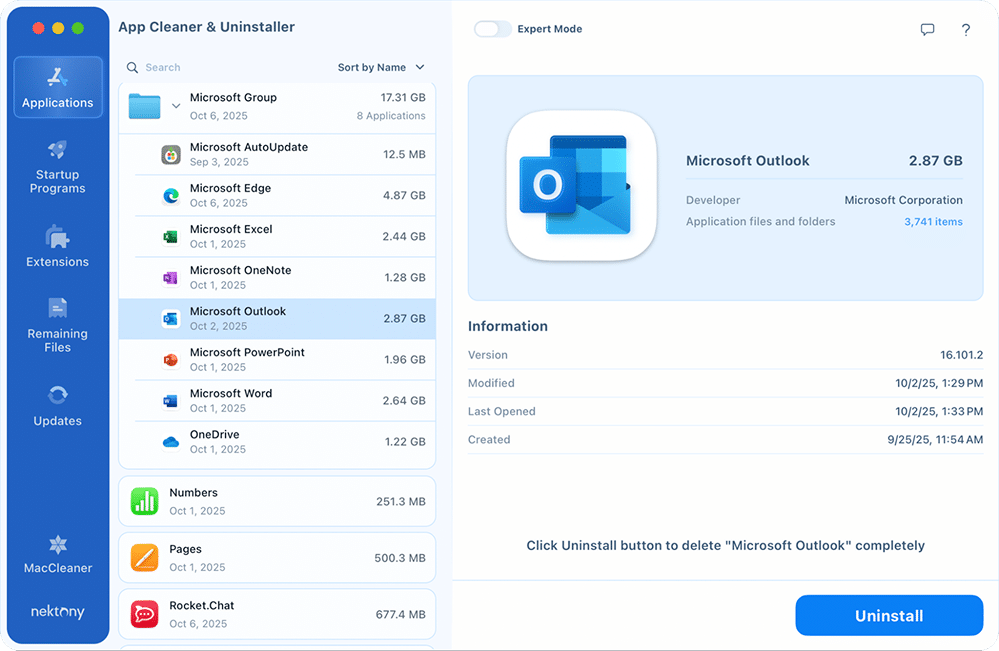
Already dragged Outlook to the Trash before? No problem. Do the following:
- Switch to the Remaining Files tab.
- Select the Outlook leftovers.
- Click Remove → confirm removal.
Resetting Outlook with App Cleaner & Uninstaller
Like any app, Outlook can have its bad days. Maybe it crashes, perhaps it won’t sync, or probably it just feels buggy. In cases like that, a quick reset can do wonders. You can reset Outlook back to its default state in seconds using App Cleaner & Uninstaller:
- Run App Cleaner & Uninstaller.
- Locate Outlook among the applications and control-click it.
- Select Reset Application from the dropdown.
- Confirm to remove Outlook’s service files.
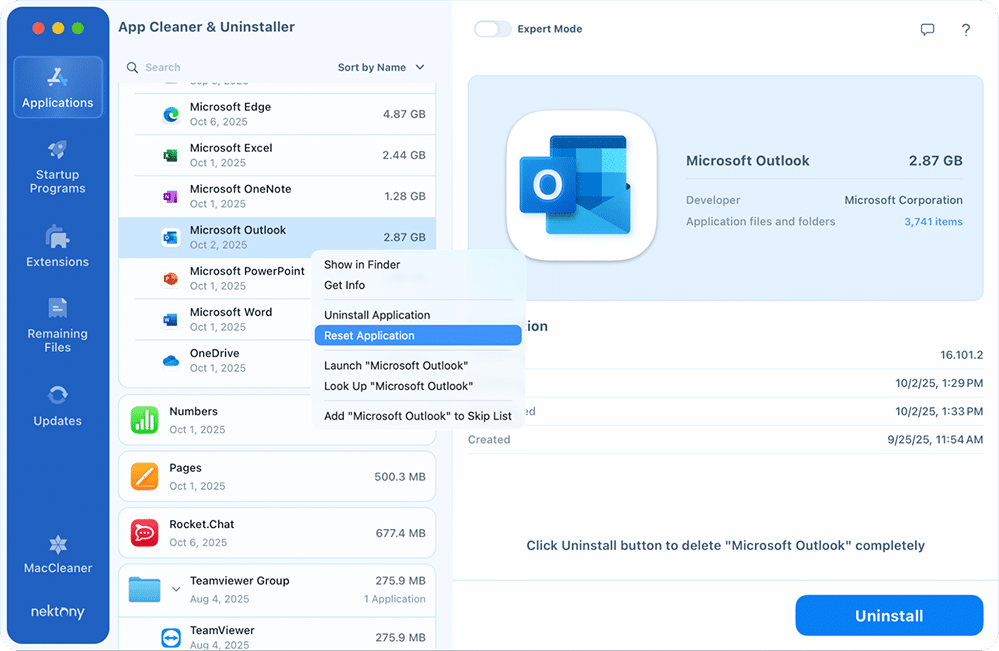
And you’re done – Outlook is now reset to its default settings, ready for a fresh start.
Final look
You’ve got three solid ways to uninstall Outlook on your Mac – each with its strengths. Manual cleanup works well if you know your way around macOS folders. But it takes time, and it’s easy to miss a file or two. Terminal is too risky, where one typo can cause trouble.
That’s when using App Cleaner & Uninstaller makes sense – it handles the job fast, complete, and by the book. With this tool, Outlook and any other app disappear in seconds – every cache, preference, and hidden folder included. Your Mac ends up cleaner, lighter, and ready for whatever comes next.
